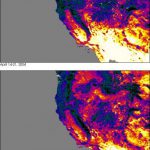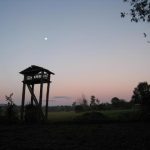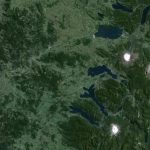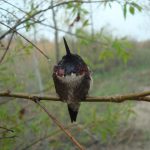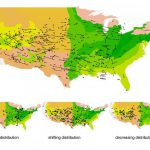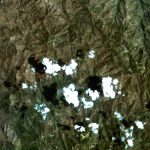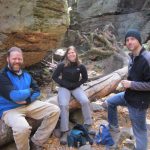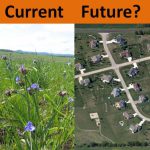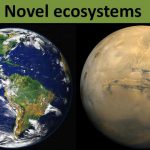Jan 2014
- Biodiversity
- Conservation
- Land Use
- Remote Sensing
Forests of Mexico are under threat due to development, both for urban and agricultural purposes. However, it is not clear the spatial and temporal extent to which this is happening. SILVIS PhD candidate, Carlos Ramirez Reyes is exploring this using remote sensing data, and a novel method, spectral mixture analysis.
Jan 2014
- Biodiversity
- Birds
- Conservation
- Remote Sensing
Extreme weather events are becoming both more frequent and intense. These events could be shifting bird numbers and their normal distributions in the United States. Ultimately, these weather events could lead to the extinction of highly-sensitive species.
Jan 2014
- Conservation
Attitudes of people living in close proximity to protected areas can reflect on the effectiveness of management strategies within their borders, and understanding the spatial scale at which these perceptions occur may help to focus conservation efforts.
Jan 2014
- Biodiversity
- Conservation
Land use change and forest fragmentation are a worldwide problem. Isabel Rojas-Viada is employing a novel solution by focusing on riparian forest corridors in Chile.
Jan 2014
- Conservation
- Remote Sensing
Extreme weather events are expected to increase in the future. Extreme weather could result in population declines if these strike during the breeding season for North American passerines.
Jan 2014
- Biodiversity
- Birds
- Conservation
Brooke Bateman examines if fine scale weather data provides more information for modeling bird distributions than long-term climate data.
Apr 2013
- Conservation
- Land Use
- Remote Sensing
Satellite imagery provides invaluable information regarding land cover features over time. However, since many satellite-based image sensors cannot see through clouds, imagery researchers need to screen cloudy pixels from cloud-free pixels in order to analyze land change through time.
Feb 2013
- Conservation
- Houses & WUI
- Land Use
Research topics range from economics to entomology, and research locations literally span the globe. Some might call administering such a grant challenging, but to Shelley Maxted, it’s a treat.
Feb 2013
- Biodiversity
- Conservation
- Land Use
Sebastian Martinuzzi investigates how future land use changes in the United States could impact the Nation’s areas of biodiversity significance, with help from economic-based scenarios
Feb 2013
- Biodiversity
- Conservation
Novel ecosystems, ecosystems with strong human influence are an important new challenge for ecology. Will these ecosystems increase in number in the future? Where?


